How to Maintain Your Fireplace for Maximum Efficiency
Proper maintenance is essential for keeping your fireplace safe, efficient, and enjoyable. By regularly caring for your fireplace products, you can ensure they operate smoothly while providing consistent warmth and comfort. This includes cleaning, inspection, and timely servicing to prevent hazards and optimize performance. With the right attention, your fireplace products will continue to offer a cozy and inviting atmosphere throughout the colder months.
Understanding the Basics of Fireplace Maintenance
Identifying the type of fireplace in your home is essential for proper care and maintenance of your fireplace products. Most homes feature one of three types: wood-burning, gas, or electric, each with its own specific requirements. Wood-burning fireplaces need regular ash and soot removal, while gas fireplaces require careful inspection of gas connections to ensure safety. By understanding your fireplace type, you can create a tailored maintenance routine that maximizes efficiency, longevity, and performance of your fireplace products. Choosing the appropriate accessories and tools for your specific fireplace type further enhances safety and ensures optimal use of your fireplace products.
Proper ventilation is paramount for fireplace efficiency and safety. Poor ventilation can lead to smoke inhalation, which poses serious health risks. Ensure your chimney and flue are clear and properly functioning to facilitate adequate airflow. In the case of gas fireplaces, ventilation helps in expelling combustion byproducts safely. Regular inspections can prevent ventilation problems, ensuring a safe and efficient fireplace.
Wear and tear are inevitable with any fireplace, and recognizing early signs can prevent significant problems. Look for cracks in the firebox, rust on metal components, or unusual odors as indications of wear. According to The Spruce, a factory-built prefabricated fireplace insert can last from 15 to 20 years, but neglecting wear and tear can reduce this lifespan significantly. Addressing these issues promptly ensures your fireplace remains safe and efficient. Keeping an eye on wear signs allows for necessary interventions and maintenance planning.
Cleaning and Inspecting the Chimney
Regular chimney cleaning is essential for maintaining the efficiency and safety of your fireplace products. Ideally, chimneys should be cleaned at least once a year to prevent dangerous buildup. This process removes soot and creosote, which are common causes of chimney fires. By keeping your chimney clean, you ensure proper ventilation, enhance overall fireplace performance, and extend the lifespan of your fireplace products. Neglecting chimney maintenance can lead to costly repairs and pose serious fire hazards, making regular cleaning a critical part of responsible fireplace care.
Blockages in the chimney can severely impact fireplace efficiency and safety. Common causes of blockages include creosote buildup, trapped debris, and bird nests. Regular inspections help identify and address these issues promptly. Observing smoke distribution and draft performance can indicate blockages. Clearing blockages ensures proper ventilation and reduces the risk of chimney fires, enhancing fireplace efficiency.
Creosote is a highly flammable substance formed from burning wood, and its buildup is a leading cause of chimney fires. Recognizing the stages of creosote—from flaky and soot-like to thick and tarry—is essential for appropriate cleaning strategies. Annual inspections are crucial for assessing creosote levels and determining cleaning frequency. Professional chimney sweeps can provide efficient creosote removal. Keeping creosote levels low prevents fire hazards and maintains efficient fireplace functioning.
Maintaining the Fireplace Interior
Keeping the fireplace bricks and tiles clean is essential for both appearance and operation. Soot and grime accumulate over time, detracting from the fireplace's aesthetic and efficiency. Use a specialized cleaner or a vinegar and water solution for effective cleaning. Regular maintenance of tiles and bricks prevents the accumulation of debris, which can hinder airflow. Clean fireplace interiors improve overall performance and emit a welcoming appearance.
The firebox lining is a critical component of your fireplace products, as it contains heat and protects the surrounding structural elements. Over time, these linings can crack or deteriorate, making regular inspections and timely replacements essential. Using heat-resistant materials for replacement ensures both durability and long-lasting performance. Promptly addressing damaged linings prevents heat loss, enhances safety, and helps maintain the overall efficiency of your fireplace products.
Grates and screens are integral to fireplace function and safety, requiring regular evaluation. Replace grates showing signs of warping or excessive corrosion. Screens should be free from holes or damage, acting as a barrier against sparks and embers. Ensuring these components are in prime condition reduces risk of fires and improves efficiency. Regular maintenance of grates and screens promotes safety and longevity of use.
Optimizing Fuel Usage
The type of wood you use is a key factor in the performance of your fireplace products. Hardwoods such as oak, hickory, and maple provide longer burn times and higher heat output compared to softer woods. It’s important to season freshly cut wood for six months to a year to reduce moisture content and ensure efficient burning. Choosing the right wood helps minimize creosote buildup, which can improve safety and reduce maintenance needs. By making informed wood selections, homeowners can enjoy better burn quality, enhanced warmth, and optimal efficiency from their fireplace products.
Correctly storing firewood is critical to maintaining low moisture content and thus efficient burning. Wood should be stacked off the ground in a dry, well-ventilated space, sheltered from the elements. Cover the top of the stack with a tarp but keep the sides open for airflow. Proper firewood storage reduces moisture levels, ensuring wood burns hotter and cleaner. Storing wood appropriately enhances fireplace operation and efficiency.
Maximizing fireplace efficiency involves mastering burning techniques. A key method is to build fires using the “top-down” approach, placing larger logs at the bottom with smaller, drier pieces and kindling on top. This method promotes more complete combustion, reducing smoke and heat loss. Supplying adequate airflow by occasionally opening the damper ensures efficient fuel usage. Efficient burning enhances heat output while minimizing pollution and waste.
Enhancing Safety Features
Fireplace screens and safety gates are essential for preventing accidental burns. Screens serve as barriers, stopping sparks from reaching combustible materials while allowing heat to circulate. Safety gates are critical in homes with children or pets, restricting access to the fireplace area. Regular inspections for tears or damage ensure these barriers maintain effectiveness. Proper use of screens and gates improves safety while allowing enjoyable fireplace use.
Proper ventilation is crucial for safe and efficient fireplace operation. Open vents or windows as necessary to allow airflow, especially in well-sealed homes. Ensure chimney and venting systems are unobstructed to prevent dangerous smoke buildup. Create balanced ventilation by considering room airflow dynamics, using fans if needed. Proper ventilation mitigates safety hazards and optimizes fireplace efficiency.
Extra precautions should be taken to ensure children and pets are safe around fireplaces. Use safety gates to restrict access and place visual reminders of the hot surface nearby. Teach children about fireplace safety and supervise interaction. Consider designating a play area away from the fireplace to avoid accidents. Prioritizing safety measures helps prevent injuries and ensures fireplace enjoyment for the whole family.
Proper maintenance is essential for maximizing the efficiency, safety, and longevity of your fireplace products. By following the recommended care routines and strategies, you can prevent issues and maintain optimal performance. Consistent upkeep ensures your fireplace products provide reliable warmth and comfort for years to come. If you want more information about fireplace efficiency or maintenance, get in touch with Fired Up Fireplace & Outdoor Living.
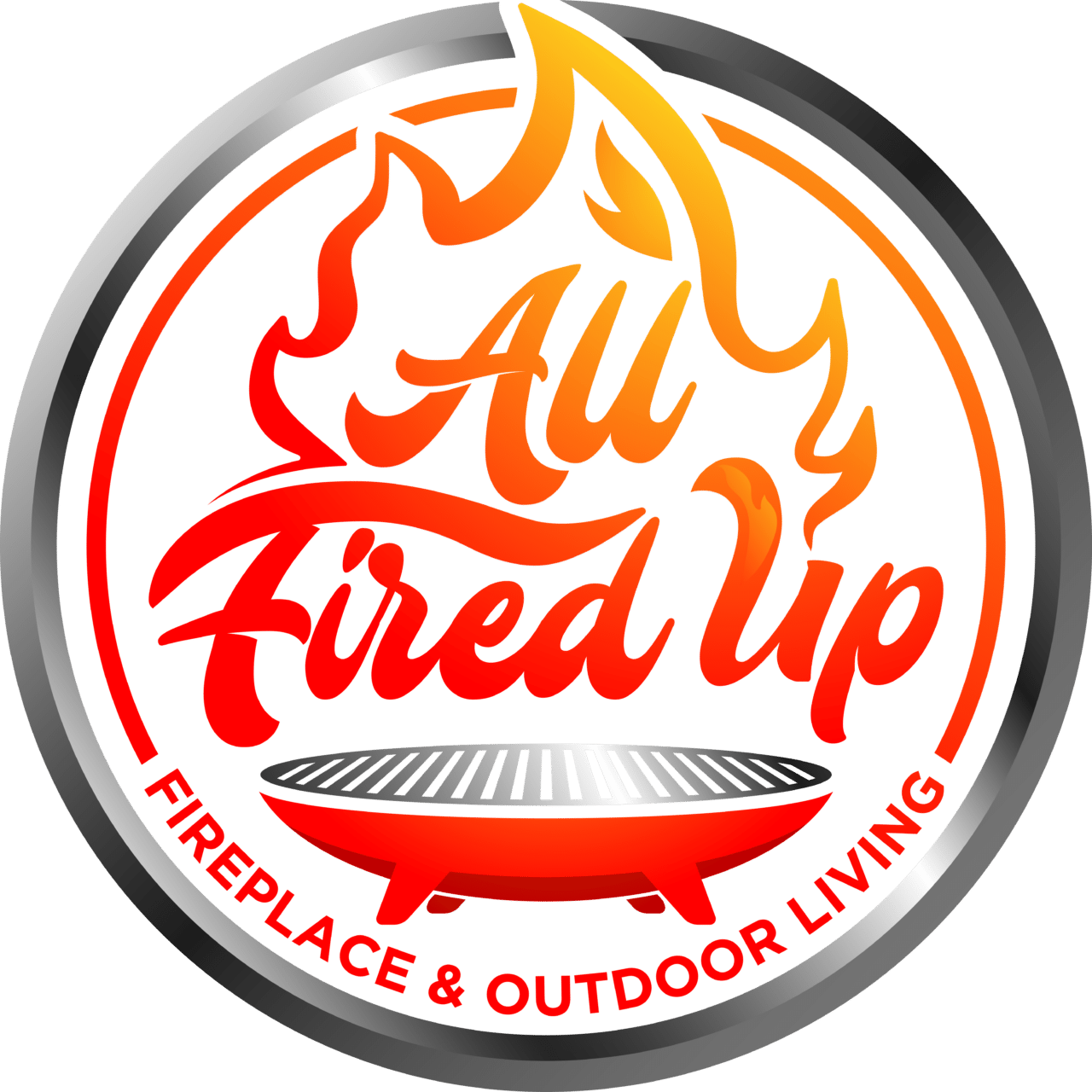
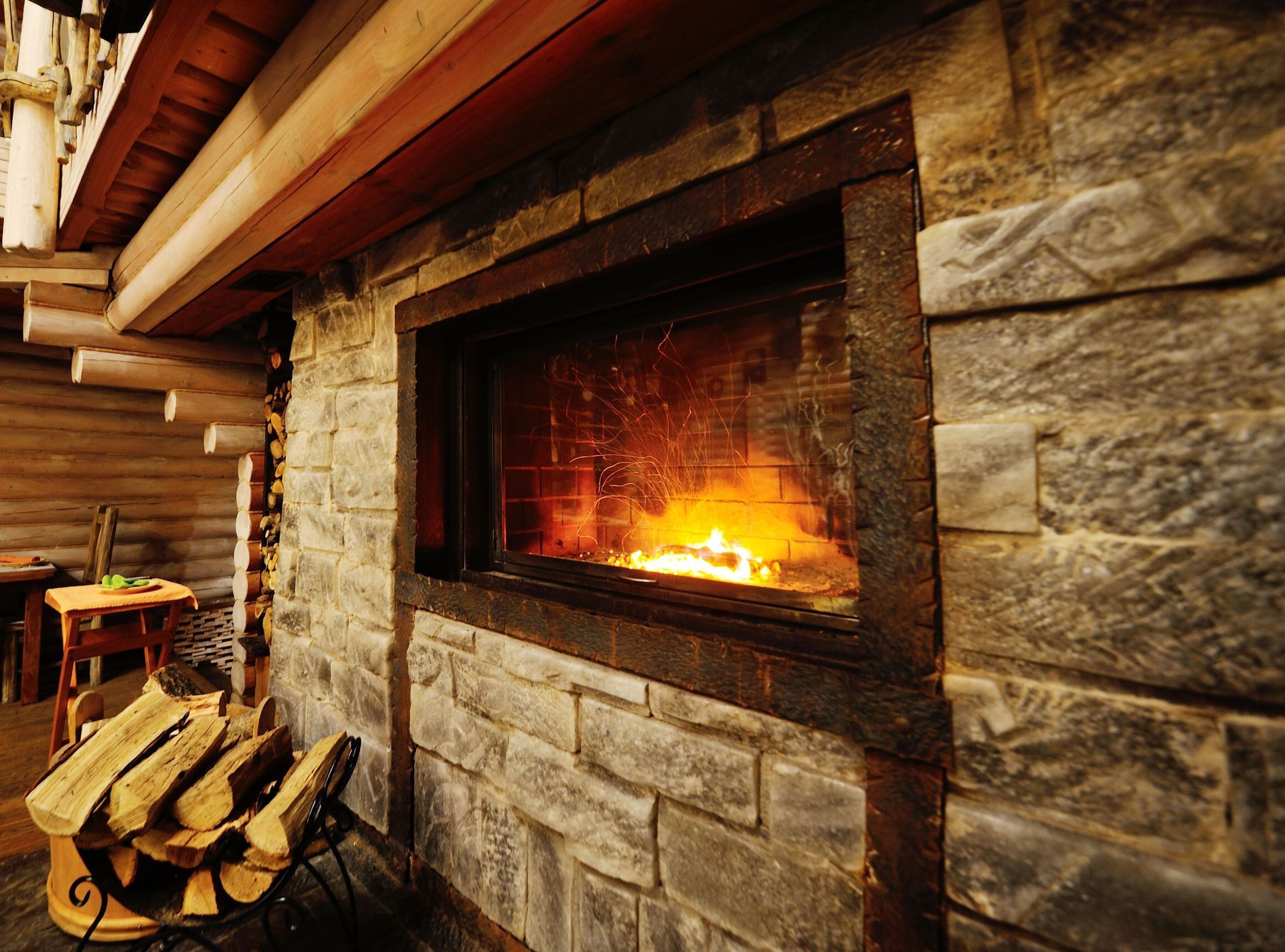
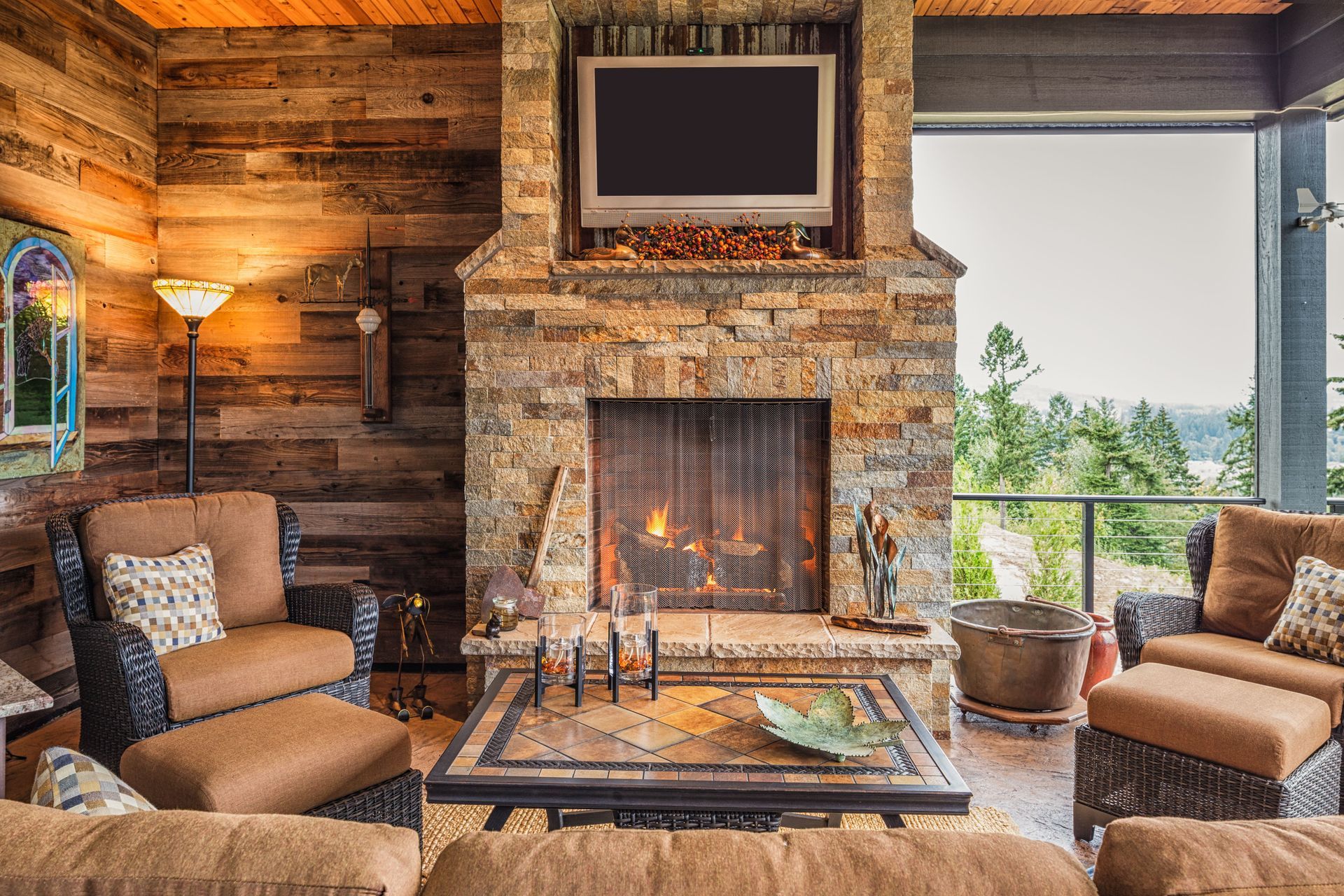
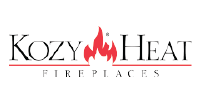
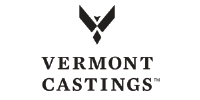
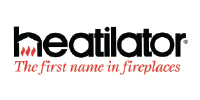
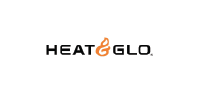
Share On: